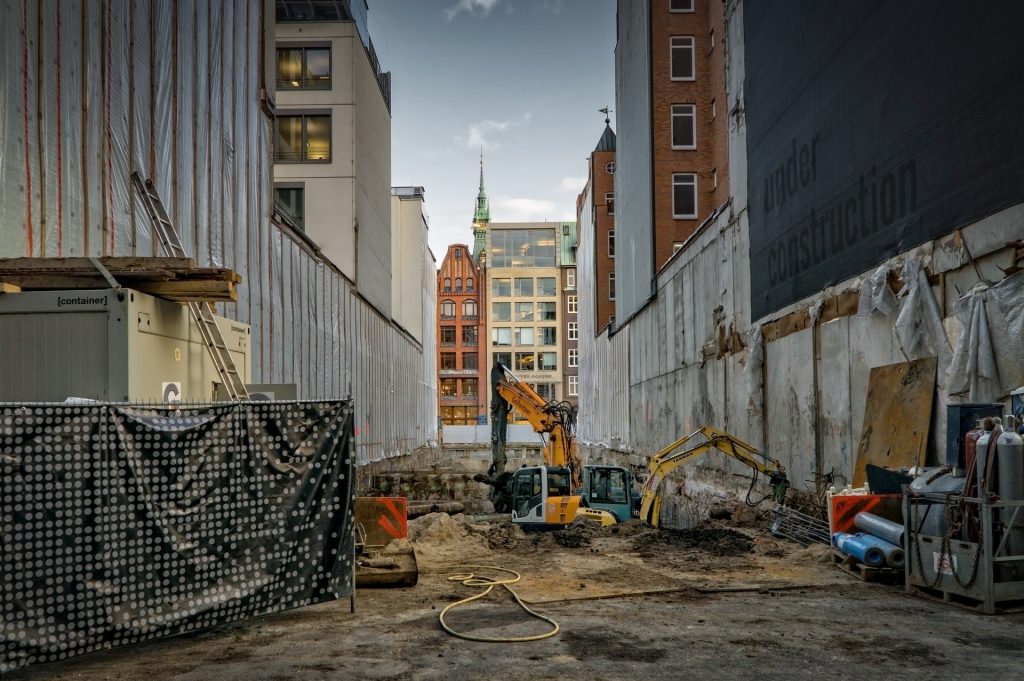Planning probably plays the most important role when it comes to commercial construction. Without it, you’re possibly wading into a pool of legal hassles, structural hazards and economic problems. To instruct those looking to put together a construction site plan, we present top tips for commercial construction site planning.
Transportation Links
Having a good understanding of the ability to access local transportation corridors will play a major role in how your construction site should be planned. Road access and the effects of local traffic controls will affect the site both during and after construction. Taking note of these restraints will make your project go much more smoothly.
Environmental Impact
There’s no getting around the fact that the environment is considered more important than it ever has been. Understanding and mitigating your impact on the surrounding areas is likely to be controlled by law, if not common courtesy. Make sure to include an overarching environmental impact assessment to avoid running into any surprises.
Heritage And Historical Sites
Understanding whether your project will be affected by heritage status or other historical relevancies is crucial to a smooth running operation. You need to identify any of these limitations long before you break ground. Failing to do so could cause costly legal proceedings or lead to the necessity of a complete change of plans.
Hydrological And Topographical Concerns
Proximity to water and elevation changes could create unstable conditions that would undermine the fidelity of the even best built structures. Identifying possible sources of soil erosion or ground instability before construction begins will ensure the foundations of the construction project are solid.
Zoning Regulations
You need to be sure that the construction project you envision is actually allowed to be built in the area you’re surveying. A proper evaluation of the local zoning regulations can allow you to fine tune your design plans and avoid delays in gaining the necessary permits and permissions.
Existing Structures
Having complete knowledge of existing structures, especially ones that may not be imminently visible, will allow your project to continue without delays. Unexpectedly encountering buried structures or deep seated foundations can turn a simple excavation into a drawn out process that completely alters your original plans.





